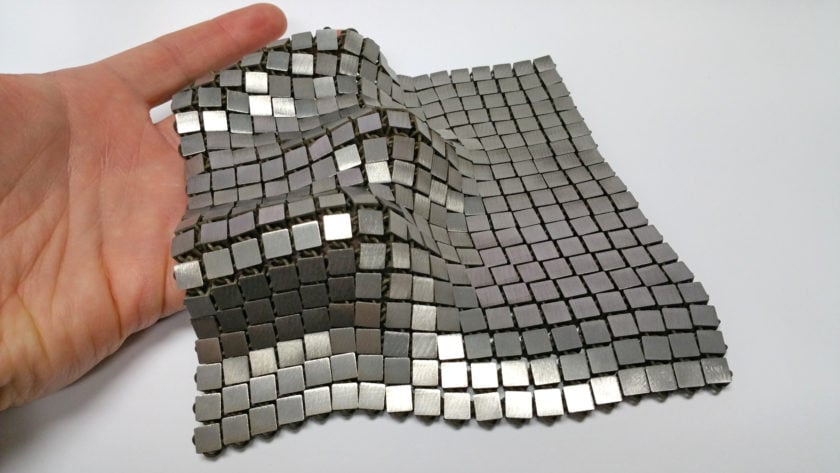
If you’re designing premium products and need high strength and durability, you can’t go wrong with metal. The aerospace, marine, and medical industries are taking advantage of the weight, time, and cost savings of 3D printing in titanium, nickel alloys, and steel. Jewelry designers love the superior finish of 3D printed precious metals.
Here’s a rundown of some recent developments in metal 3D printing:
Most state-of-the-art racing bikes are crafted almost entirely from carbon fiber, which is light and strong. However, Chris Froome’s Tour de France-winning bicycle features 3D printed titanium handlebars. The Engineer reports that 3D printing reduced production time for the handlebars by up to 75% compared with a carbon fiber process. No molds were needed, and the custom fit eliminated any need for adjustability, saving up to 17% of the weight of a traditional handlebar assembly while reducing drag.
Ship Technology reports that the Port of Rotterdam’s Additive Manufacturing Fieldlab (RAMLAB) teamed with Autodesk to develop a 3D printed nautical propeller. Their hybrid manufacturing process combined wire and arc additive manufacturing with industrial robot arms, subtractive machining (CNC), and grinding. The new process will help the port provide quick replacement propellers for ships.

[Credit: Michael A. Parker]
Spaceships are also increasingly relying on metal 3D printing. NASA has 3D printed entire rocket engines. Scientists at NASA’s Jet Propulsion Laboratory (JPL) created a 3D printed metal fabric to protect both astronauts and spacecraft from micrometeors. As 3DPrint.com reports, the chainmail-like textile, which is printed in one piece, reflects sunlight, provides thermal insulation, is foldable, and has high tensile strength.
Facial reconstructive surgery has benefitted from 3D metal printing. According to Additive Manufacturing, 3D printed titanium can be customized to the individual patient and aid in bone regrowth and stability. 3D Printing Industry reports that British manufacturing company Renishaw partnered with Western University to create a $5 million Additive Design in Surgical Solutions (ADEISS) center in Ontario, Canada, to produce metal additive manufactured medical tools and implants.

[Credit: NASA]
The Vader Systems MK1 Experimental desktop metal 3D printer, meanwhile, uses their MagnetoJet technology to propel liquified aluminum from an electromagnetic-field-encased 1,200° C chamber through inkjet-like print nozzles. Using wire feedstock instead of powders, it reduces costs and dramatically speeds up printing. The production model launches in 2018.
Shapeways’ interlocking precious metals are perfect for creating unique jewelry. Lead times for 3D printed steel were reduced by two days so you can create functional parts quickly. With the benefits of strength, durability, beautiful finishes, and a myriad of material choices, isn’t it time you took a dip into the white-hot 3D printed metal space?



Wow even a 3D printer can print using metal materials? that is so amazing to look at.
Actually these technologies have been around for some time already — only now they start to become accessible for a more general audience. There are some videos on our YouTube channel that explain the 3D printing technologies we use for steel and for precious metals, be sure to check them out!